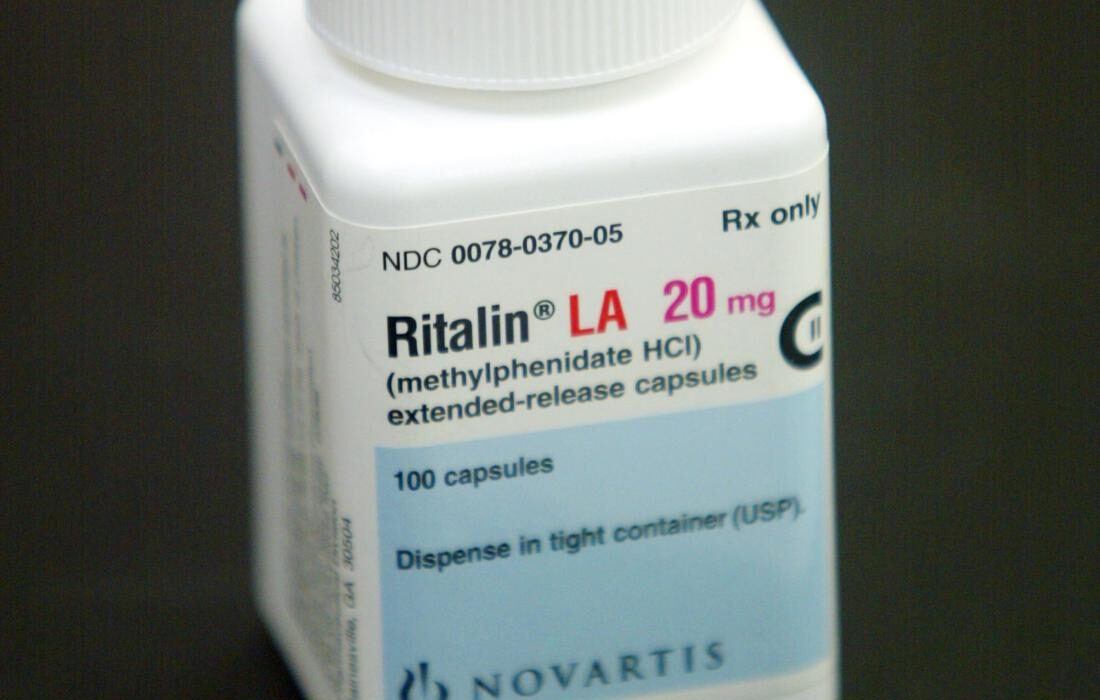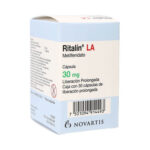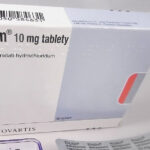Prior to Diagnosis:
You are probably in the best position to determine whether a child’s attention, concentration, effort on school tasks, and classroom behavior are unusual for your grade. If you are observing an unusually high frequency of inattentive, impulsive or hyperactive behaviors that continue for six months despite class-wide interventions (use of agenda; Color Chart with mild reinforcers), prompts and reminders by you (and class aides), placement of the child near you, and notes to parents, my recommendation is that you meet with the parents, share your observations, and suggest that they review this information with their child’s physician.
THIS IS NOT THE SAME AS SAYING YOU SUSPECT THAT THE CHILD HAS ADHD.
However, you are in a unique position to share with parents what happens when their child is asked to attend to instruction, and concentrate and complete tasks that require sustained mental effort. You can also share that there are a number of medical conditions that can contribute to problems attending (e.g. visual problems, hearing problems, anemia, hypoglycemia, ADHD, etc.) and that the best person to evaluate the situation is the child’s physician.
After Diagnosis:
Once a child has been determined to have ADHD, the CSE needs to conduct both an evaluation for learning disabilities and a functional assessment. The LD evaluation is needed because learning disabilities occur in approximately 50% of children diagnosed with ADHD. The functional assessment (i.e. evaluation of the ways that ADHD is adversely affecting educational performance) is needed because ADHD is known to limit alertness and adversely affect educational performance.
Both state and federal educational laws are clear in asserting that patients with ADHD qualify for assistance because of impairment in educational performance. This impairment is due to difficulty in sustaining alertness throughout the day. The presence of a specific learning disability is not required in order for children to receive assistance.
Common Interventions:
Primary/Intermediate:
-
- Monitoring of the student’s “homework” book or agenda
-
- Monitoring of the student’s “packing” their book bag at the end of the day
-
- Reduction in the number of “repetitive” writing assignments (e.g. copying spelling words; writing multiple sentences for each spelling word; copying material from books, boards)
-
- Providing the student (and parent) with advance notice on assignments for the next week. Because children with ADHD become overwhelmed, easily upset, and mentally fatigued in the evening, it can be beneficial to provide the student with next week’s spelling list or assignments in social studies or English on a Friday, so that they can get a “head start” on homework.
-
- Use a “class-wide” Color Chart System and provide parents with a daily report on the child’s performance so that parents can reinforce at home (e.g. if the child “gave the teacher a hard time about doing a particular task”, then the child can be required to do something to “make up” with his teacher and complete the task or equivalent before play time)
Middle/High School:
-
- Provide the student with an agenda to record assignments
-
- Collaborate with the case manager/resource room teacher to provide weekly progress notes on any missing assignments. Avoidance of tasks requiring sustained mental effort is one of the primary symptoms of ADHD. It is essential that parents and teachers collaborate to “close the loop” and make sure that avoiding work does not pay.
-
- When possible, provide student with advance notice on the next weeks assignments so that they can get a head start.
-
- Encourage the student to become skilled at word processing via a computer or “Alpha Smart/Dream Writer”. Student’s with ADHD often write too little or illegibly because the act of writing has been adversely affected by ADHD. By viewing their writing sample on a screen and reducing the amount of effort needed to produce a letter, students with ADHD are often able to improve the quality and quantity of their writing.
-
- Assist the student in developing note taking and study skills. If the student demonstrates an inability to sustain concentration while listening or reading, collaborate with his case manager or resource room teacher to provide notes and study guides. The key is to accommodate and remediate.
-
- Avoid debates with the student. ADHD is a condition associated with impairment of the frontal lobes. Don’t attempt to reason with a student with ADHD who is clearly upset. If they are becoming disruptive in the class, suggest that they regroup at their seat, in the back of the class, or at the nurses or counselors office (or other approved locations). Students with ADHD will typically calm within a few minutes unless engaged.
In general, it is important that you realize that ADHD is a medical condition that requires a combination of medical, psychological, nutritional and educational interventions. If a student with ADHD continues to be disruptive and upset each week, their parents, physician, psychologist or counselor needs to be informed so that treatment can be adjusted. Neither you nor the child will benefit from persistent outbursts in the class.




